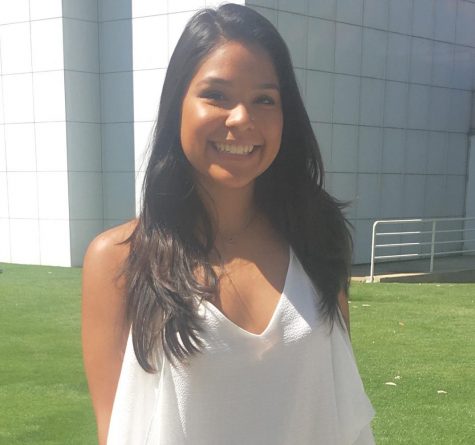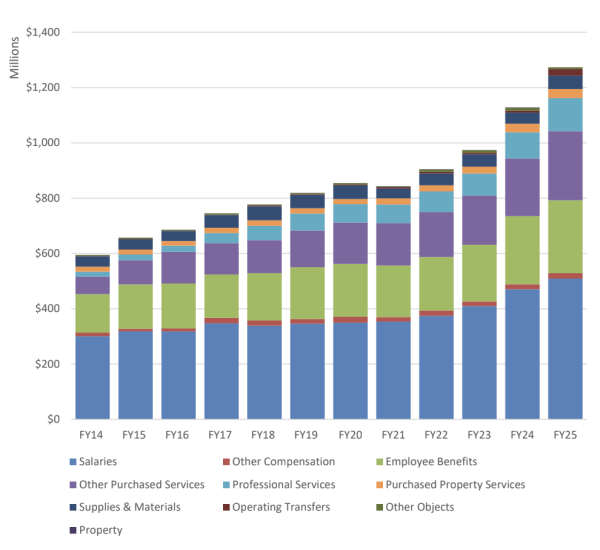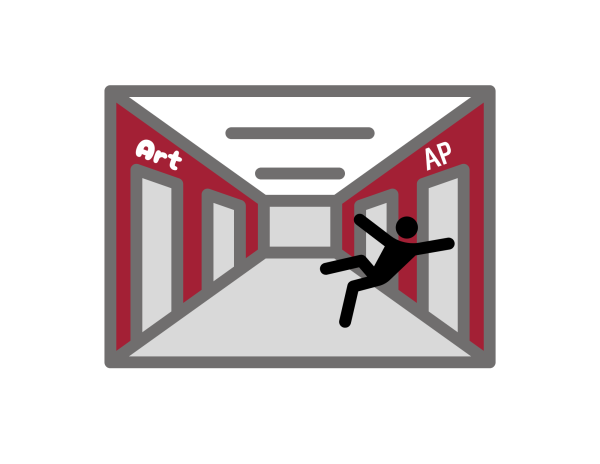Southerner reporting flaws affect content
nFor the last issue of the Southerner, I pitched an article on the art of skateboarding and what little credit it gets for being such a difficult skill to master. I was eager to write this story because skating has become somewhat of a subculture, especially in urban areas like Atlanta. Grady has a fairly large group of skaters, but they’re rarely acknowledged.
As one of four minorities on a staff of over 40 students, I often find myself writing for those groups, like skaters, who aren’t always recognized and given a voice. My goal as a writer is to help our readers understand and hear from people in their community who are affected by everyday “newsworthy” stories, but are rarely heard from, and my story on skaters was going to be no different.
I spoke with seven students for the article, all from different grades and backgrounds. I explained to them my angle for the story, but before I could even finish, all of them politely declined to speak. It’s typical to have sources decline out of shyness, unavailability or just because they don’t want to comment on the issue. However, after four consecutive students said, “no, sorry,” I began to wonder: why were they all opposed to speaking to me and being featured in the paper? One student I talked to gave me an answer.
“I didn’t want my name associated with a paper that overplays issues and doesn’t really think about different types of students,” that student said.
As a senior writer and assistant managing editor of the Southerner’s online and social media platforms, this was difficult to hear. Students are supposed to want to read their school’s newspaper and feel comfortable stating their opinions, but when I considered it, I realized that the students I talked to were right.
LACK OF DIVERSITY
The Southerner has a history of being a very credible, award-winning newspaper. More recently, it has been known to have a predominantly white staff that reports mainly on issues which are only relatable to middle/upper class white people.
Grady’s school district is comprised of affluent surrounding neighborhoods, such as the Morningside-Lenox Park, Sherwood Forest, Virginia-Highland, Midtown, Candler Park and Inman Park areas; however Grady’s district also includes neighborhoods that are less fortunate, too, like the Old Fourth Ward, Downtown, Techwood, Knight Park/Howell Station and part of the Bankhead area.
While Grady is zoned to many different neighborhoods, creating a diverse student body, the Southerner tends to consist of kids from the most fortunate neighborhoods.
Last school year only four of the 18 dining stories written in the paper throughout the year covered restaurants in the neighborhoods with lower median household incomes.
Furthermore, only three of 18 stories written in the Arts and Entertainment and Lifestyle sections included a business, person, and/or suggested activity in these less affluent areas. Not only are these neighborhoods neglected in the Dining, Lifestyle, and Arts and Entertainment sections, but news stories are often centered around the Midtown area, or bring attention to issues concerning the Morningside Elementary School community.
While Morningside is a part of the Grady cluster, Mary Lin Elementary, Centennial Academy Charter School and Hope-Hill Elementary are also included in the cluster and the Southerner rarely reports on issues concerning these communities, if at all.
Even though the Southerner attempts to provide an inclusive, liberal voice in its stories, many students find it to be more ineffective than anything. The lack of diversity in the journalism classes at not only Grady, but also the industry as a whole, has been present for quite some time.
What can we attribute this to? It dates back to the mid 1960s. Under President Lyndon B. Johnson, when the National Advisory Commission on Civil Disorders was appointed to investigate the 1967 race riots in Detroit, the Commission primarily criticized the lack of diversity in the mainstream media.
More recently, according to the 2014 American Society of News Editors census, the percentage of minorities employed in daily newspapers has increased from 3.95 percent in 1978 to 13.34 percent in 2014. However, minorities consist of 37 percent of the American population. Progress has been made, but the industry is far from equality.
This lack of diversity translates to Grady, and is perhaps the reason behind these one-sided stories. As a whole, the problem is far bigger than Grady’s primarily white newspaper staff, but it is still concerning that Grady students are still unwilling to speak to their own peer writers. No school newspaper can thrive without student voices, and the Southerner is no exception.
OVERPLAYING OF STORIES
Although stories like issue one’s, “Individually we are different, together we are divided” attempt to discuss lack of diversity among social groups within the school, many students I later talked to found it to be an exaggeration of the issue, making it seem like a bigger problem than it is. The story attempts to discuss self-segregation.
Students could name other overplayed stories covered in the paper as well. For example, issue four in December was dedicated to feminism and all three stories on the front page were related to this topic. Yes, girl power is great, but this sort of coverage distorts the actual issue at hand. Many of the stories written based around feminism, and sexism in general all have the same idea: gender inequality.
These two topics in particular seem to be recurring in each issue of the Southerner. Last school year, of the eight issues of the paper that were published, there were eight stories written about some sort of racial inequality and six written with a theme of sexism.
This school year, with five issues already having been published, three stories have had a racial theme and five have been centered around sexism. While these issues are prominent in today’s society, the Southerner exhausts them to a fault.
Instead of continuously reporting on the same general topics, a Southerner survey shows that students believe that the staff should “make it more about the students” and “be more diverse” by focusing their reporting on school-related issues rather than problems everyone already knows exist and have existed for centuries.

Gabriella (Gaby) Paez is a senior and the assistant managing editor of the online/social media platforms for the Southerner. In addition to her work for...





